Compared to the impregnated nonwoven interlining, the most important feature of Thermobonding interlining is that it replaces the impregnation bonding process with a hot rolled bonding process and is then coated with different adhesive powders according to demand. The non-woven base fabric produced has a softer feel and uses very few chemical additives, making it more environmentally friendly and widely used in all types of garment lining.
Detailed specifications: 6-8G LDPE or EVA adhesive powder on 18G hot rolled process backing, generally using a dusting of flat glue sizing process.
| Composition: | 100% polyester chemical fiber |
| Grammage range: | Base fabric: 25G; Coating: 12G |
| Width range: | Within 2 meters |
| Color: | White, black |
| MOQ: | 5000m |
| Feeling hardness: | Regular feeling |
| Packing quantity: | According to customer requirements |
| Packing material: | PE transparent plastic bag |
| Loading quantity: | 20GT/40HQ |
| Customs code: | 5603911090; 5603921090; 5603931090. |
| Glue powder: |
LDPE/EVA |
| LDPE pressing temperature: |
130-140 degrees |
| Pressure: |
2-2.5kg/cm2 |
| Time: |
12-15S |
| EVA pressing temperature: |
100-110 degrees |
| Pressure: |
0.1-0.5kg/cm2 |
| Time: | 10-12S |
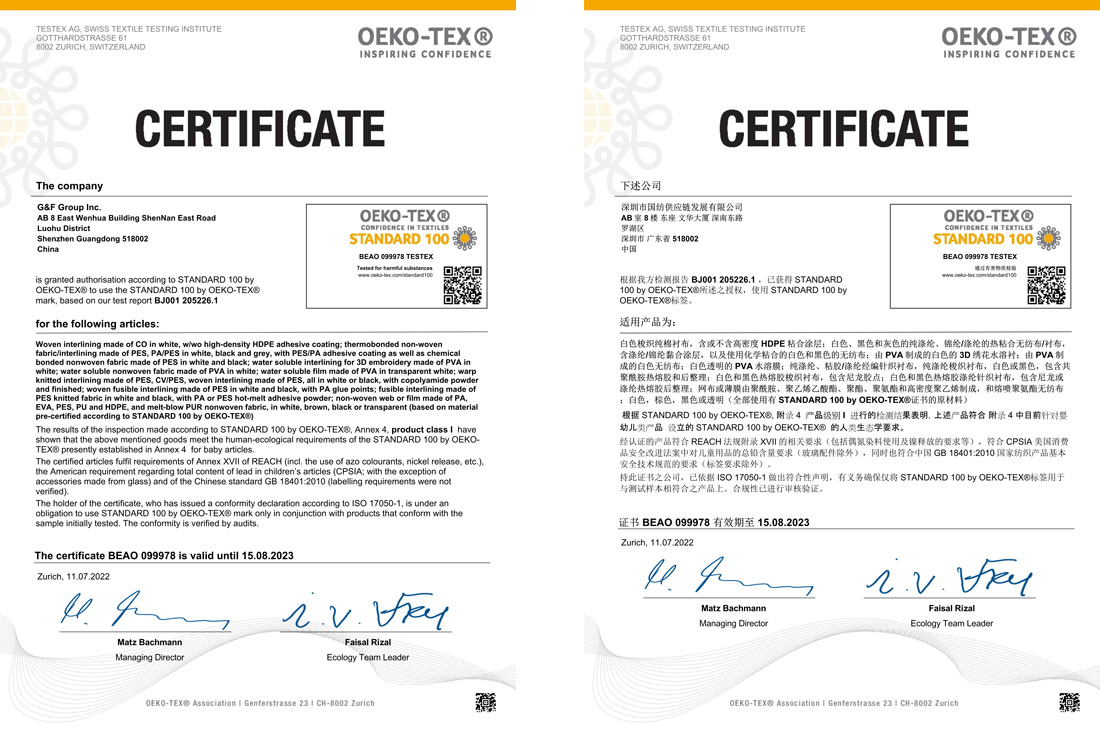
The polyester staple fiber, or and other fibers through the open cotton process to fully break up the fiber, mixed, and then after carding, laying the net, by the hot gin stick hot roll forming to complete the production of the base fabric.
Backing production: The polyester staple fiber, or and other fibers through the open cotton process to fully break up the fiber, dot fusing mixed, and then after carding, laying the network, by hot rolling stick hot roll forming to complete the production of the base fabric. Glue powder coating: The hot melt adhesive resin is ground into a certain particle size of hot melt the adhesive powder, then the hot melt adhesive powder is scattered on the top surface of the backing as evenly as possible, then the powder is hot molten in the drying room, flat fusing on the top surface of the backing and then cooled, or the adhesive powder is flattened by hot pressing roller, the finished product is hot rolled nonwoven interlining.
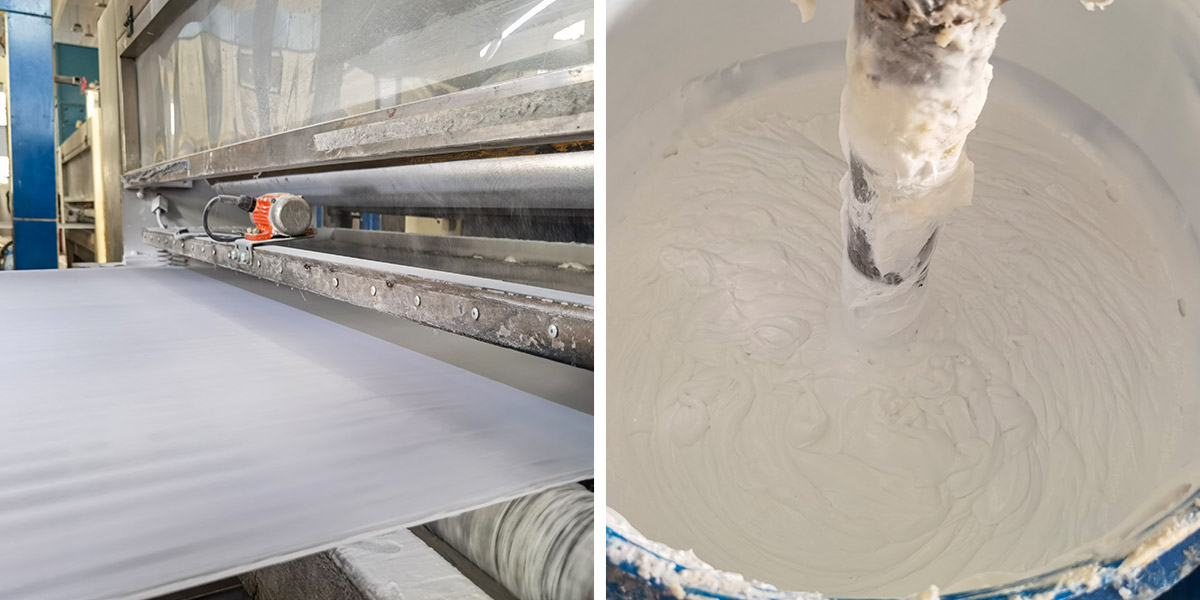
Thermal bonding of nonwoven fabrics is low cost and easy to use for all kinds of general garment interlining, or for temporary bonding and low-temperature bonding.
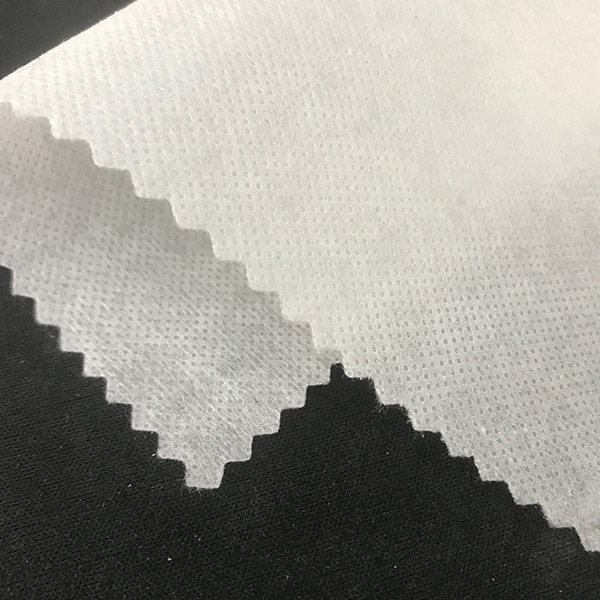 |
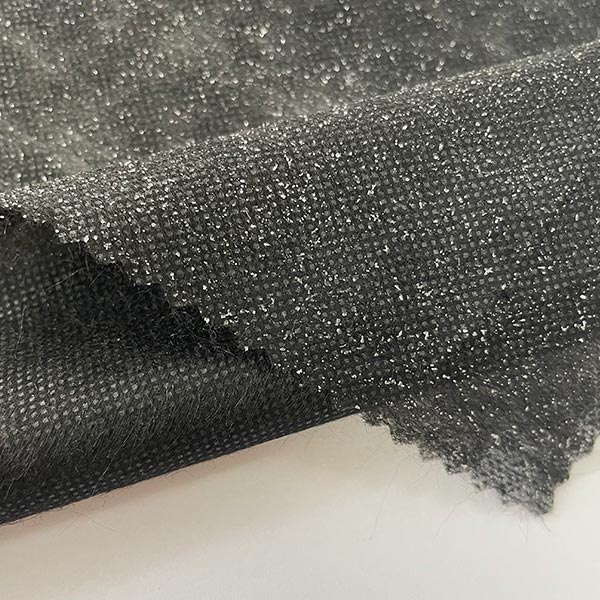 |
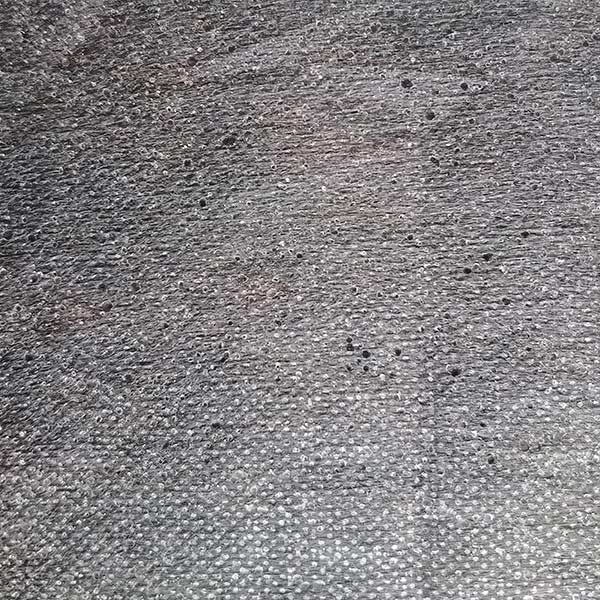 |
| 850SF Thermobonding Nonwoven Interlining | 830SF Thermal Bonded Interlining | 720SF Thermobonding Interlining |